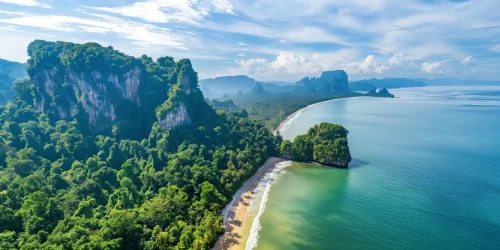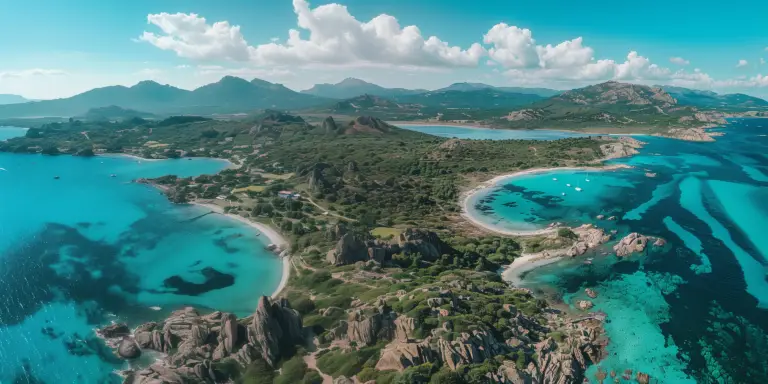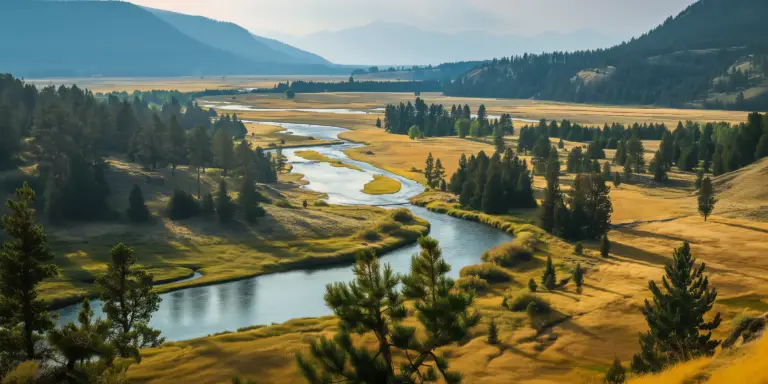The Aurora Australis is a natural light display seen in high-latitude regions around Antarctica and the southern Indian Ocean. These displays occur when charged particles from the sun interact with the Earth’s magnetic field and atmosphere, emitting light that forms stunning auroras. The aurora often appears in vibrant colors like green, pink, red, yellow, and blue, with green being the most common. The lights can form various shapes such as arcs, curtains, rays, and spirals, creating a dynamic spectacle.
The best times to view the Southern Lights are during the Southern Hemisphere’s winter months, from March to September, with peak viewing around the equinoxes. Ideal locations include Tasmania in Australia, the South Island of New Zealand, and parts of Antarctica. Remote, dark areas away from city lights provide the best viewing conditions. Popular spots include Mount Wellington in Tasmania and Lake Tekapo in New Zealand.
For many Indigenous cultures in the Southern Hemisphere, the Aurora Australis holds spiritual meaning. The Maori of New Zealand, for example, see the lights as reflections of torches and campfires of ancestors. Scientists also study auroras to understand space weather and its effects on Earth, with research stations in Antarctica playing a crucial role in this exploration.
While both the Aurora Australis and Aurora Borealis are caused by the same solar activity, they differ in several ways. The Aurora Australis occurs in the Southern Hemisphere, visible around Antarctica and southern latitudes like Tasmania and New Zealand, whereas the Aurora Borealis occurs in the Northern Hemisphere, visible in high-latitude regions like northern Canada, Alaska, and Scandinavia. The Southern Lights are harder to see due to fewer populated areas at southern high latitudes, requiring travel to remote locations, while the Northern Lights are more accessible due to several inhabited regions within the auroral zone, with well-developed tourism infrastructure.
Here are a few tips to enhance your adventure:
Plan ahead by checking aurora forecasts and weather conditions before you go. Apps that track solar activity can help predict visibility. Choose clear, dark nights during the winter months, as the absence of moonlight and light pollution increases your chances of seeing the auroras. Be patient, as sometimes the lights are fleeting and faint. Being prepared to wait and stay warm with appropriate clothing will make the experience more enjoyable.
Witnessing the Aurora Australis is a bucket-list experience!










